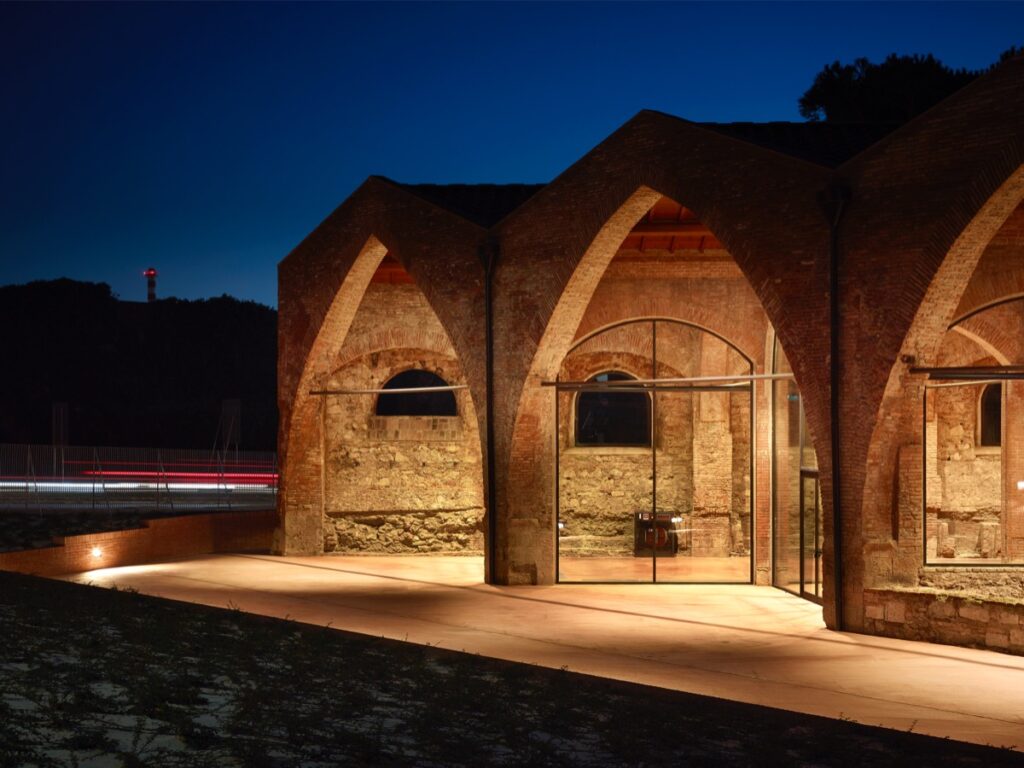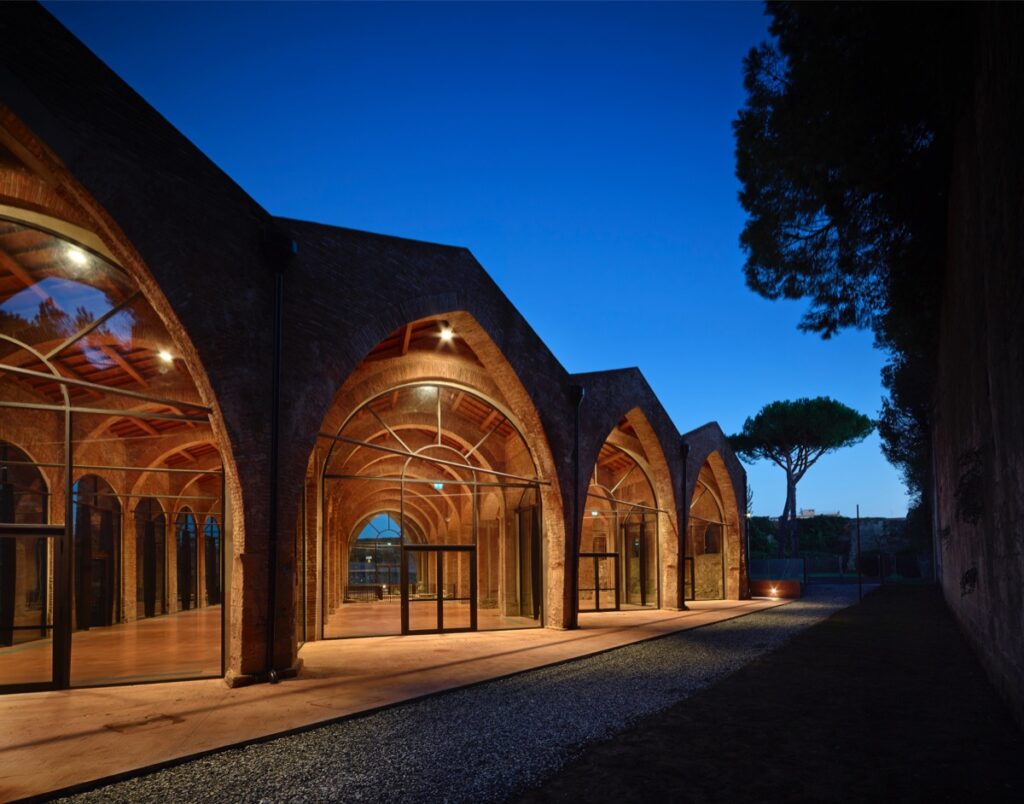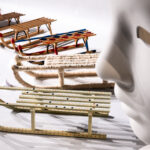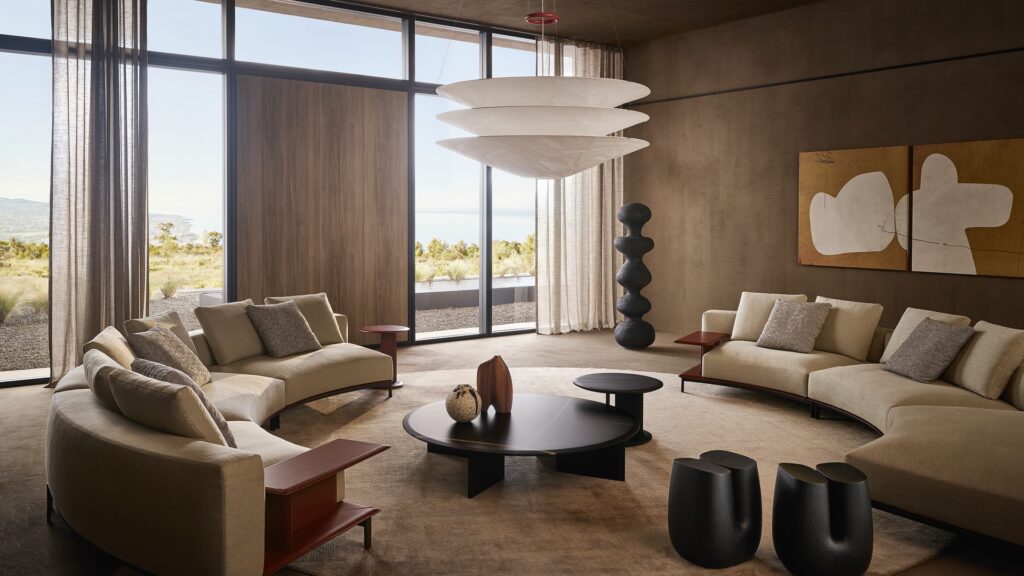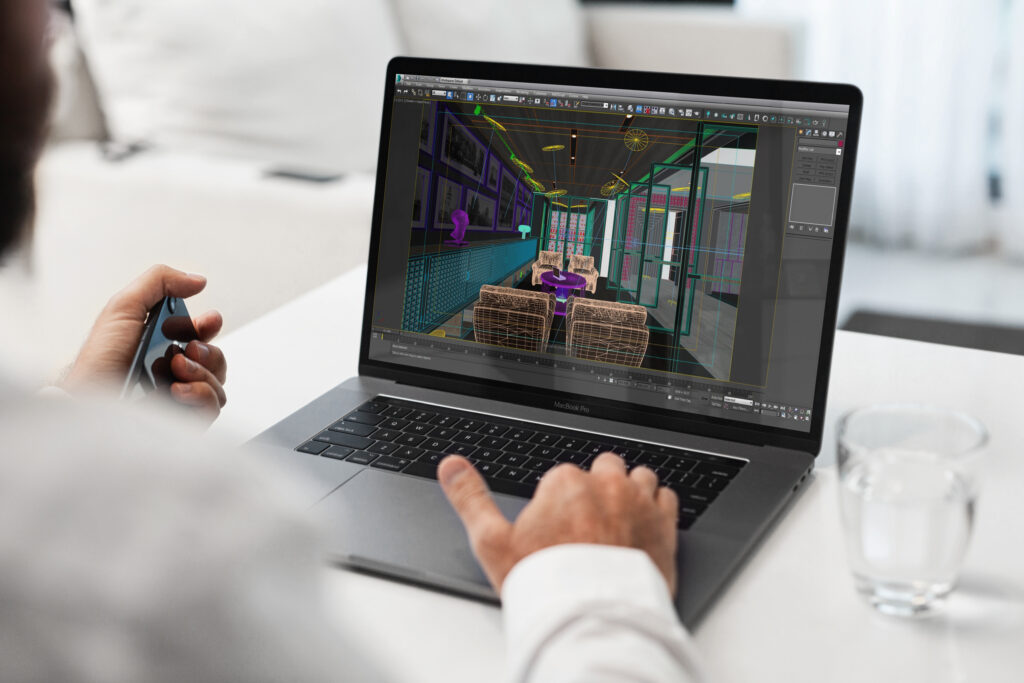The third edition of the Pisa Biennale addresses the theme of water and sustainability
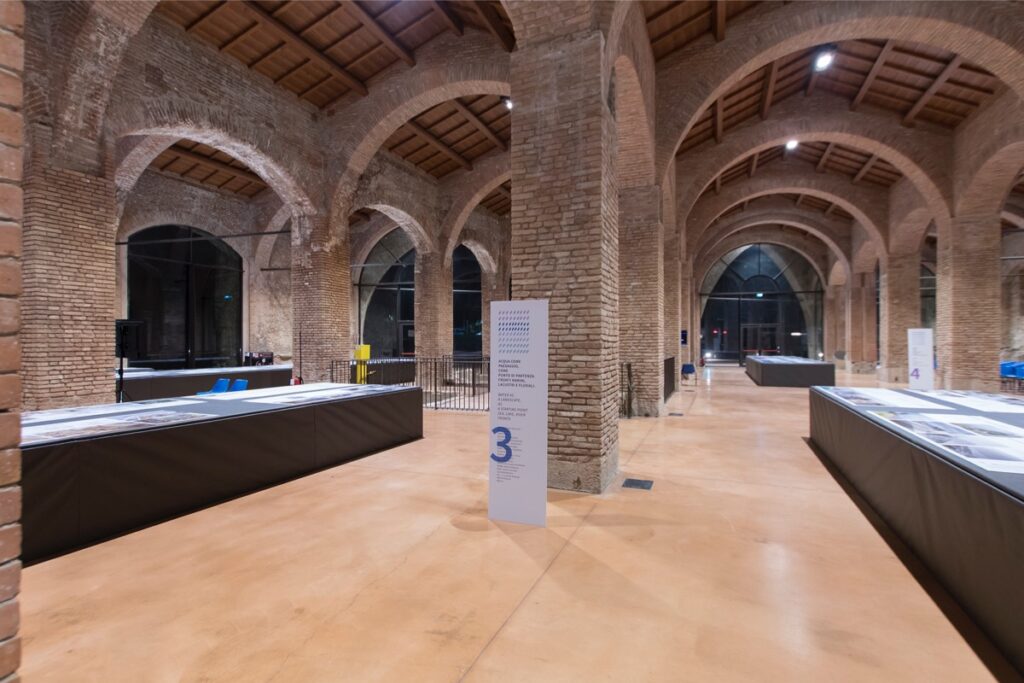
‘Tempodacqua’: water as part of the relationship between project and territory
From Thursday, November 21 to Sunday, December 1, at the Arsenali Repubblicani and other locations around the city of Pisa, ten days of exhibitions, events, and talks, dedicated to the architecture of ‘Tempodacqua’ (‘Time of Water’). Internationally renowned architects will exhibit in Pisa a selection of fifty projects, on the theme of the Biennale of Pisa 2019, ‘Tempodacqua’, which sees Alfonso Femia as artistic director, appointed by LP-Laboratorio Permanente per la Qualità Urbana.
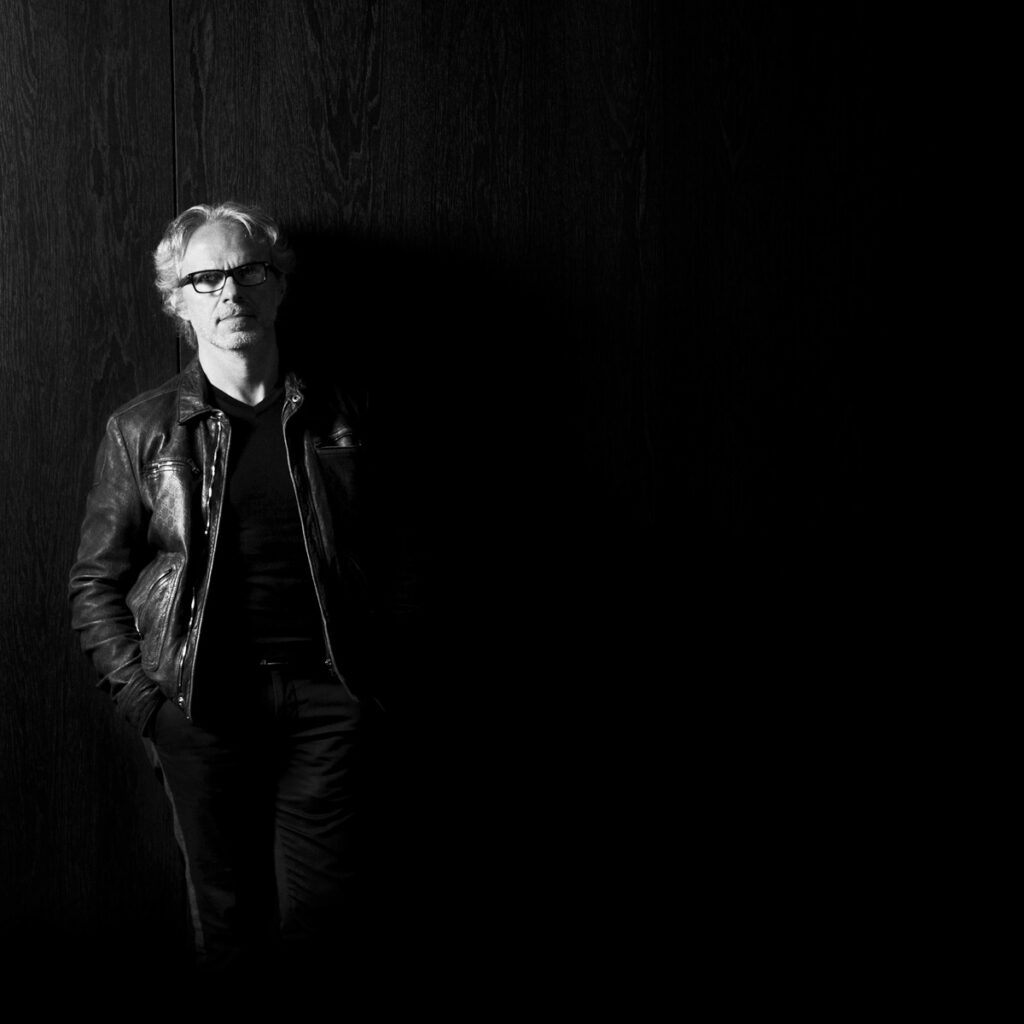
‘Pisa, explains Femia, is a Maritime Republic which grew up on the lagoon, and has made water its primary resource, both as a means of communication and as a means of defense.” The relationship with the territory is a primary element of the project, and that is why Alfonso Femia identified water and its flow as the leitmotif of the Pisa Biennale.’

Alfonso Femia also announced that the Biennale of Pisa will be an opportunity to activate a permanent project of study and research on the theme ‘Tempodacqua’ (Time of Water).
Water and sustainable architecture
‘The choice of the main theme for a Biennale of Architecture does not mean simply selecting from a wide range of alternatives the one that is most current or most related to the trends and debates of the moment. It is necessary to deepen the responsibility of the project in imagining scenarios and configuring solutions, rather than leaving them to technology. Only in this way can architecture regain its role, and address the problems of our time, first and foremost sustainability’, concluded Femia.

With the Biennale di Pisa 2019 a moment of confrontation on the theme of sustainable architecture is developed, with water as an essential element. Water is therefore seen as “the founding act of everything that belongs to us. The aim is not only to raise awareness and create awareness on the theme ‘Tempodacqua’ (Time of Water), but to develop concrete ideas to help ‘change the imagery of change’: new points of perspective, from various different points of view. [Text Giuliana Maio]
